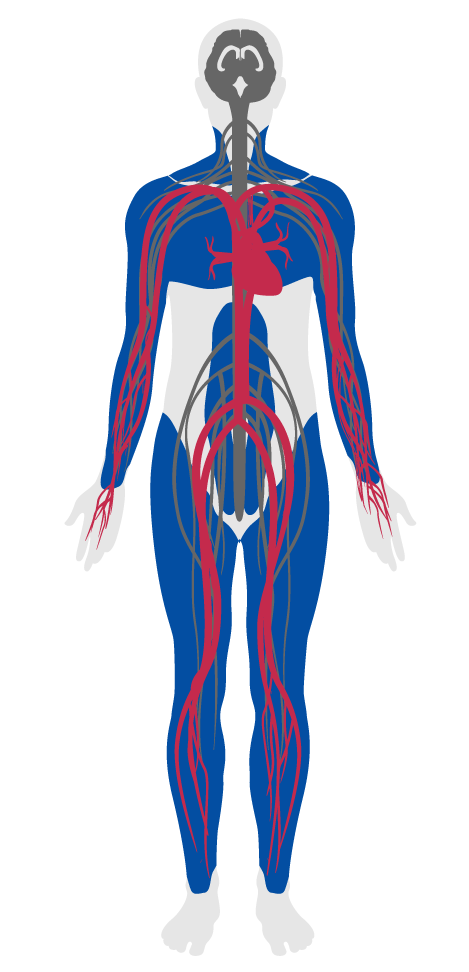Active transportation support
69. Active transportation support
Active transportation is an effective strategy for increasing the amount of regular physical activity, improving fitness levels and reducing the carbon footprint. Biking and walking, in particular, are healthy, low-impact modes of transportation that can help maintain a healthy weight and improve cardiovascular health. Providing amenities and facilities on-site can support the occupants' ability to engage in these healthy commuting options.
This feature requires that showers and bicycle storage be provided on-site or near the building entrance.
The following are provided onsite or within 200 m [650 ft] of the building’s main entrance:
An incentive plan with at least 2 of the following is developed and implemented:
The following must be provided within 30 m [100 ft] of the building main entrance:

Applicability Matrix
| Core & Shell | Tenant Improvement | New Construction | |
|---|---|---|---|
| Part 1: Bicycle Storage and Support | O | O | O |
| Part 1: Activity Incentive Programs | - | P | P |
| Part 3: Bicycle Storage Facilities for Schools | - | - | - |
| Commercial Kitchen | Schools | Multifamily Residential | Restaurant | Retail | |
|---|---|---|---|---|---|
| Part 1: Bicycle Storage and Support | - | - | O | O | O |
| Part 1: Activity Incentive Programs | - | P | - | O | P |
| Part 3: Bicycle Storage Facilities for Schools | - | O | - | - | - |
Verification Methods Matrix
| Letters of Assurance | Annotated Documents | On-Site Checks | |
|---|---|---|---|
|
PART 1 (Design) Bicycle Storage and Support |
Auditor Inspection | ||
|
PART 1 (Protocol) Activity Incentive Programs |
Policy Document | ||
|
PART 3 (Design) Bicycle Storage Facilities for Schools |
Architect |
| 69.1.b |
USGBC's LEED v4 LT Credit: Bicycle Facilities requires separate and secure bicycle storage for at least 5% of regular building occupants (minimum 4) and short-term bicycle storage for at least 2.5% of all peak visitors. |
| 69.2.a |
USGBC's LEED v4 LT Credit: Bicycle Facilities requires at least one on-site shower with a changing facility for the first 100 regular building occupants and one additional shower for every 150 regular building occupants thereafter. |
| 69.3.b |
USGBC's LEED v4 LT Credit: Bicycle Facilities requires long-term bicycle storage for at least 5% of all regular building occupants but no fewer than four storage spaces per building. |
